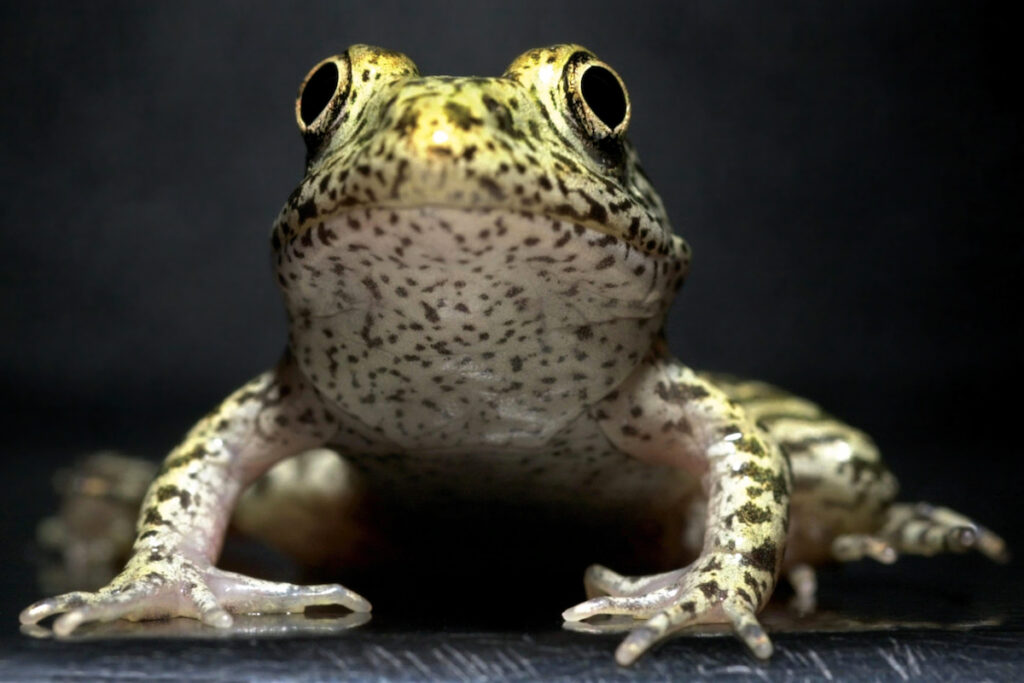Maybe it’s a sign of our times that the Supreme Court’s next case could hinge on something so obscure as whether five ponds in southeastern Louisiana stay wet year-round.
The endangered dusky gopher frog lays its eggs in so-called “ephemeral ponds” that dry up in the summer, meaning tadpole-eating fish can’t survive in them. The ponds are not only rare but also crucial for the survival of the species. With that in mind, the Fish and Wildlife Service designated 1,544 acres of private property in St. Tammany Parish as critical habitat for the frog in 2012.
After talking to litigants on both sides of the acrimonious case, it’s clear that one party will lose no matter what: the frog. The five ephemeral ponds at the heart of the case will for the time being remain part of a commercial timber tract whether the justices uphold or overturn the lower courts.
It’s a shame because the affair provided environmentalists and private property owners a chance to collaborate to recover at-risk wildlife.
Only about 150 dusky gopher frogs remain in the wild, all of them in southern Mississippi. The species hasn’t been documented in Louisiana for over 50 years, and more to the point, the densely planted commercial pine trees that now surround the five ponds in question are nothing like the open-canopied pines the amphibian needs.
The land is currently under lease to timber giant Weyerhaeuser and owned by New Orleans resident Edward Poitevent and his family.
But by the government’s own estimate, the designation could cost the landowners up to $34 million in potential development value. The critical habitat designation doesn’t prohibit timber operations, but it could restrict future land uses — such as residential development the area has been rezoned for.
“Our land is not suitable for the frog,” says Poitevent, who is being represented in the case by Pacific Legal Foundation, where PERC research fellow Jonathan Wood is an attorney. “To make it suitable you’d have to rip up every tree on 1,544 acres, replant all of it with the right tree, make sure the ponds are still there, and make sure you burn it every year. Who is going to pay for that?”
Center for Biological Diversity attorney Collette Adkins, who is part of the team defending the government’s stance, describes the idea that the frog won’t benefit from the court’s ruling as “heartbreaking,” adding that Poitevent and Weyerhaeuser “could have embraced the opportunity to conserve the frog.” Her side has argued that the landowners “would experience no economic impacts if they continued to use the land as pine plantations.”
There’s the rub, at least from the amphibious perspective. The government’s action has done nothing to encourage the frog’s recovery. What it has managed to do is create enemies out of the very landowners who could be critical for the species’ survival — an enormous missed opportunity, especially given how hard it is to recover species.
Just ask the Nature Conservancy. An hour or so east of St. Tammany Parish, the organization has been trying for more than a decade to repopulate the dusky gopher frog in Old Fort Bayou, Mississippi. It has restored hundreds of acres of longleaf pine, conducted annual prescribed burns, and established a lab that raises tadpoles and frogs to be re-released into ponds. “It’d be cool if private landowners could do something like this and get credit for it,” says Becky Stowe, director of forest programs for the Nature Conservancy in Mississippi.
Given that the organization has already gone through the herculean effort to start the initiative, expanding its scope to five ponds in Louisiana could make a lot of sense, both biologically and economically. But it would require a willing landowner, which usually means one who gets more than just land-use restrictions out of the deal.
Conservation easements are a common vehicle to reward landowners for stewarding nature, and markets underpin all sorts of exchanges that improve environmental quality — like when environmental groups pay farmers to irrigate less, leaving water instream for salmon. Maybe conservation groups could band together, raise funds, and strike an easement or purchase deal with the Poitevent family.
To date, the Nature Conservancy has released nearly 10,000 tadpoles and frogs at its pond in Old Fort Bayou, yet its biologists estimate the adult population at only 50 dusky gopher frogs. Even when everyone is pulling in the same direction, recovering endangered species is a slog. If more landowners were viewed as potential collaborators in conservation, perhaps we could improve our record at helping the most vulnerable species.
This article originally appeared in The Hill.




